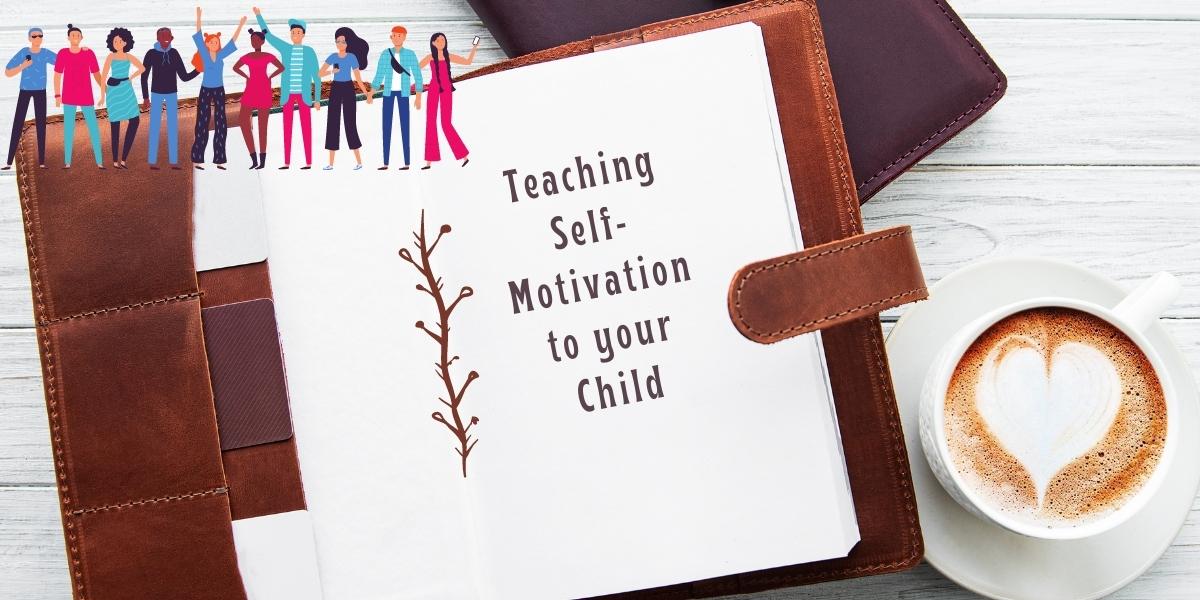As we all know, creativity is a crucial part of our lives. It enables us to develop new ideas, find new solutions to problems, and approach the world with a fresh perspective. However, developing creativity can sometimes seem like an elusive goal. Many people struggle to find ways to tap into their inner creativity, but the good news is that it is possible. In this read, we share How to Develop Creativity through Reading and Writing.
Reading for Creativity
Reading is a powerful tool for developing creativity because it exposes us to innovative ideas, cultures, and perspectives. When we read, we are transported to new worlds and ways of thinking, which can help spark our imagination and awaken our creative spirit.
Reading also helps to expand our vocabulary and improve our communication skills, which are crucial for creative expression. By improving our language abilities, we are better equipped to articulate our thoughts and ideas, which can help us to convey our creative vision more effectively.
Furthermore, reading provides us with a wealth of knowledge and information we can draw upon when developing new ideas. Whether you’re reading a novel, a biography, or a scientific article, you are constantly learning and growing, which can help to nourish your creative mind.
Writing for Creativity
Writing is another essential tool for developing creativity. When we write, we are forced to organize our thoughts, clarify our ideas, and articulate our vision. Writing can also help us develop a deeper understanding of the world and our place in it and explore new perspectives and ideas.
Writing also allows us to experiment with new ideas and express ourselves freely. By writing regularly, you can develop a stronger sense of your voice and style, which can help you to become a more confident and imaginative writer. Get to know about Compelling Tips for Writing an Effective Research Paper.
Moreover, writing can help to develop your critical thinking skills and to challenge your assumptions. By constantly questioning your beliefs and perspectives, you can broaden your understanding of the world and develop a more diverse and inclusive outlook.
Creative Development
So how can you use reading and writing to develop your creativity? The key is to engage in these activities regularly and to be open to innovative ideas and perspectives. Here are tips to help you get started:
- Set aside time each day for reading and writing. Whether you read for an hour or write for 15 minutes each day, the key is to make these activities a regular part of your routine.
- Read widely. Make sure to limit yourself to one type of reading material. Instead, read various books, magazines, and articles covering different subjects and genres. It will help to broaden your knowledge and keep your mind fresh and inspired.
- Write regularly. Whether you write a journal, blog, or novel, the key is to write regularly and develop your writing skills over time.
- Experiment with different writing styles and techniques. Try writing from different perspectives, in different formats, and assorted styles. It will help you develop your writing skills and find your voice.
- Engage in regular self-reflection. Use your reading and writing to reflect on your life, experiences, and beliefs. It will help you to develop a deeper understanding of yourself and the world around you.

Reading and Writing Activities
Developing a love of reading and writing is an important part of encouraging creativity in others. Whether you’re a parent, teacher, or mentor, there are many ways you can encourage others to explore their creativity through these activities.
1. Set an example. By showing others the value of reading and writing in your own life, you can encourage them to do the same. Lead by example and make these activities a regular part of your routine.
2. Create a supportive environment. Encourage others to read and write by creating a supportive environment that fosters creativity and imagination. It may mean setting up a quiet reading corner in your home or dedicating a portion of your classroom to creative writing activities.
3. Encourage exploration. Encourage others to explore different genres, authors, and writing styles. It will help them to broaden their knowledge and to find what they love.
4. Provide resources. Ensure others have access to the resources they need to engage in reading and writing activities. It may mean stocking your home with various books or providing writing supplies for your students.
5. Celebrate their achievements. When others succeed in their reading and writing activities, celebrate their achievements. Whether they have finished their first novel or written a powerful essay, acknowledge and celebrate their hard work.
Conclusion
Reading and writing are powerful tools for developing creativity and imagination. By regularly engaging in these activities and encouraging others to do the same, we can tap into our inner creativity and become more innovative and imaginative. So, start exploring the world of reading and writing today, and unleash your inner creativity.




